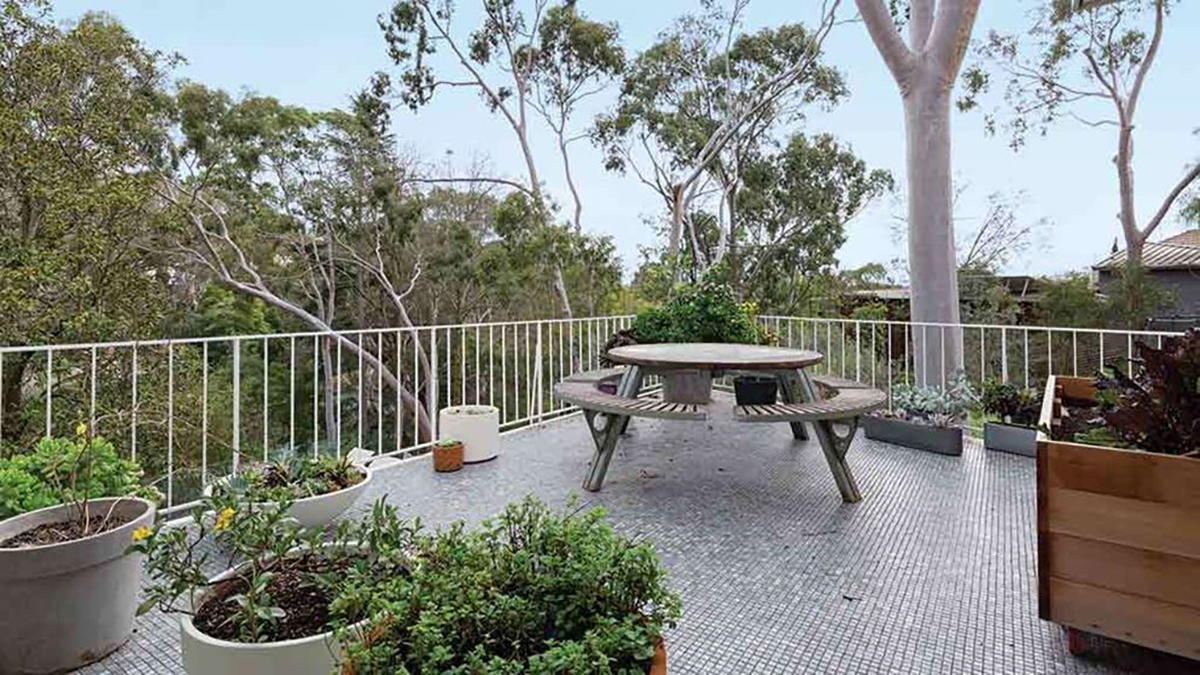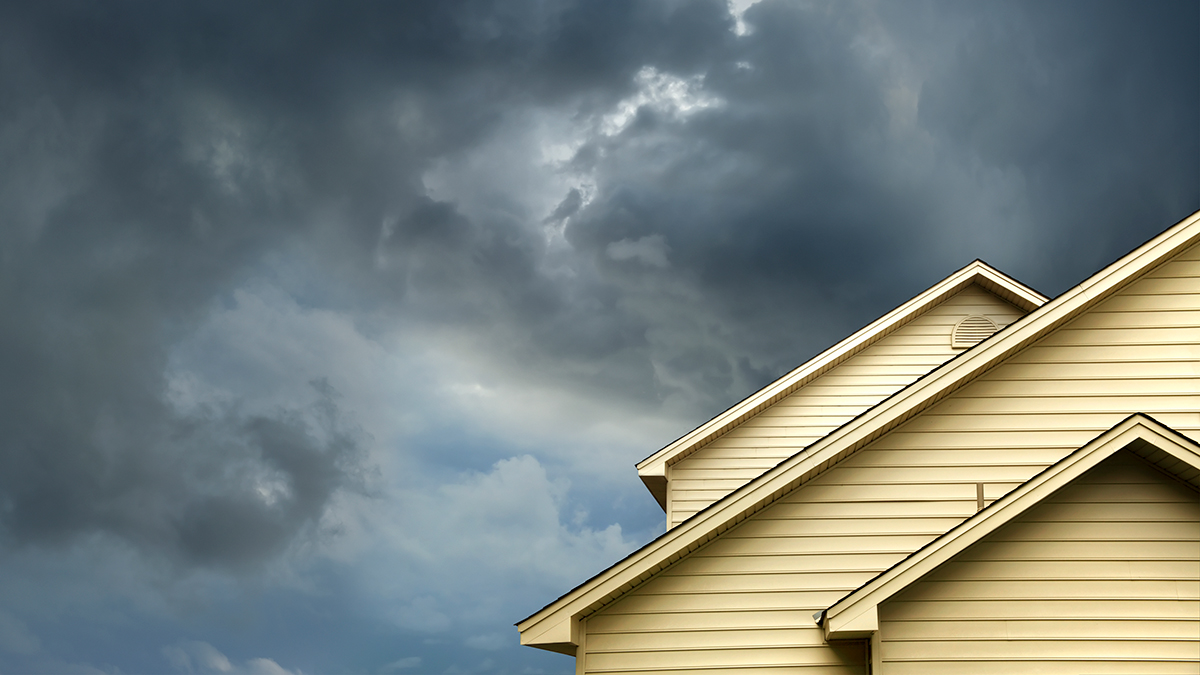Get our independent lab tests, expert reviews and honest advice.
Renters, here’s why you shouldn’t drop your contents insurance

Between stratospheric rent rises and general cost-of-living challenges, you’re probably scrutinising every bill to see where you can make savings. It can be hard to justify expenses that aren’t non-negotiables.
On this page:
- Why renters should have contents insurance
- How to choose a renter's contents insurance policy
- How to get a good deal on your renter's contents insurance
- 10 things you didn't know were covered by contents insurance
No-one actually likes paying for insurance – and paying to insure your possessions can seem like a luxury when you’re scrimping and saving elsewhere.
Contents insurance can actually cover you for more than you might think
You might dismiss a house fire or flood as highly-unlikely scenarios, but there are other situations that you might need cover for. And contents insurance can actually cover you for more than you might think.
But is it worth the money? Our experts say yes – and reveal the 10 surprising things that contents insurance can cover.
Why renters should have contents insurance
“I know when you’re living payslip to payslip it can be necessary to ignore what-ifs and just focus on meeting your immediate needs,” says CHOICE insurance expert Daniel Graham.
“I also know that a lot of people are one bad day away from losing everything and ending up back at square one.
“Think about it like this: how long would it take to save up if you needed to replace every single item in your home? Or even just in one room?
“Home insurance best serves people who have a slim capacity to save, because all you need to have on hand to make a claim is your excess.”
How long would it take to save up if you needed to replace every single item in your home?
Daniel Graham, CHOICE insurance expert
The value of your contents can add up to a lot more than you probably realise: think TVs, computers, jewellery, cameras, bicycles, furniture and appliances.
And then there are the lower-value items that probably don’t immediately come to mind that would cost quite a bit to replace in one hit, like your clothes, linen, crockery, soft furnishings, books and more.
How to choose a renter’s contents insurance policy
“There are lots of variations between contents-only policies,” says Daniel.
“You could get a policy with a host of optional extras and high sublimits, but there are also bare-bones policies available that just cover you for fire and theft.
“If there’s something specific you’re interested in covering, make sure you check with the insurer and compare contents insurance policies at CHOICE.”
CHOICE tip: Most insurers have two or three levels of cover. All policies cover a standard list of insured events, while premium policies give you extra benefits like accidental damage cover or higher limits for portable valuables.
How to get a good deal on your renter’s contents insurance
Money’s tight for everyone, so make sure you’re not paying more than you have to. You could save more than $1000 (depending on where you live) by following our expert tips:
- Shop around, and do it often – every year if possible. Don’t just accept the price that your insurer sets each year: find out what the equivalent cover will cost you from other insurers.
- Check that you have the right cover. If you don’t need the extra features that insurers offer, you could save by switching from high-level to basic cover.
- Increase your excess. The higher your excess, the lower your premium. The standard excess is just a suggestion: many insurers let you set an excess of $2000 or more, which can substantially lower your premium.
- Look for discounts – it’s worth the effort. You can save by paying your premiums annually (rather than monthly), combining several policies with the same insurer, asking for a seniors discount, or snagging a new customer discount.
And if you find a cheaper price somewhere, tell your current insurer to match it or you’ll take your business elsewhere. You might be surprised by how quickly they drop their price.
10 things you didn’t know were covered by contents insurance
When you think contents insurance, you probably think of the big-ticket items in your house like TVs, jewellery, computers and the like. But there’s actually a lot more to it.
These are the surprising things covered by certain insurance policies.
1. Your stuff when you’re not at home…
(even if you go as far as New Zealand)
As well as covering all your prized possessions in the home, contents insurance includes the option to cover items you take with you, like your laptop, bicycle or your diamond ring, wherever you are in Australia (and many policies also extend this to New Zealand).
What’s included varies between insurers, and you may need to specifically add higher priced items, so check before you buy.
2….and when you’re overseas
Although you should always take out travel insurance when travelling internationally, you can get contents policies that will cover your possessions for up to 120 days when you’re overseas, too.
3. Things on your lawn or on the front porch
If all your pot plants and your pricey outdoor furniture were damaged in a storm, for example, or someone walks off with your lawnmower (even if it’s in an unlockable garden shed), you could be covered by certain policies. Check any restrictions with each insurer as there is a lot of variety in cover for contents in the open air.
4. Vet bills
If your furry friend is hit by a car, gets an illness or is injured in a vehicle accident or an insurable event like a fire, some insurers will cover the associated vet bills. Keep in mind that it’s much less cover than you’ll get with a separate pet insurance policy.
5. Your guests’ stuff
Your mate comes to stay and your house gets robbed, along with all their stuff. Awkward. Luckily, many policies usually cover visitors’ contents up to a few hundred dollars.
6. Food spoilage
If you have a freezer full of meat from the posh butcher down the road, and it all goes to waste when your fridge carks it as the result of a motor burnout or something like a power outage during a storm, many policies will cover the cost up to a certain amount.
7. Motor burnout in appliances
Most insurers offer cover for burnout or fusing of electric motors in things like fridges and air conditioners. This means if your expensive appliance breaks down outside the manufacturer’s warranty, you can get a repair or replacement through your insurer. Cover is usually limited to motors that are less 10 years old.Remember that you also have rights under Australian Consumer Law. For example, if your expensive fridge breaks down after only a few years, and you would reasonably expect it to last longer than this time frame, you are entitled to a repair, replacement or refund. Find out more about consumer guarantees.
8. Moving house
Things can get broken or damaged when you move from A to B, so many policies offer overlapping cover at both your old and new address for around two weeks when you’re moving house, and also limited cover for when items are in transit. Some policies may also cover items placed in storage – check policy conditions with insurers.
9. Temporary accommodation after an insured event
If you have to move because an insured event makes your home uninhabitable (like a fire), your insurance will stump up any extra rent you have to pay to rent a comparable home. You’ll usually be able to claim for either 12 months or up to a percentage of the amount you’re insured for. Some policies also cover things like mail redirection and lease break fees.
10. Accidents that may or may not have been your fault (your legal liability)
Accidents do happen – perhaps there was a cooking incident that caused a kitchen fire, or your washing machine overflowed and ruined the floorboards in your rental property.
Your landlord might have insurance to protect their building, but you could be liable for damage that your bond won’t cover. In cases like this, contents insurance that includes cover for legal liability could come in very handy.
As always, check for restrictions before you buy. Some insurers limit your cover to certain events, such as fire, overflowing water or damage to the landlord’s fixtures and fittings.






